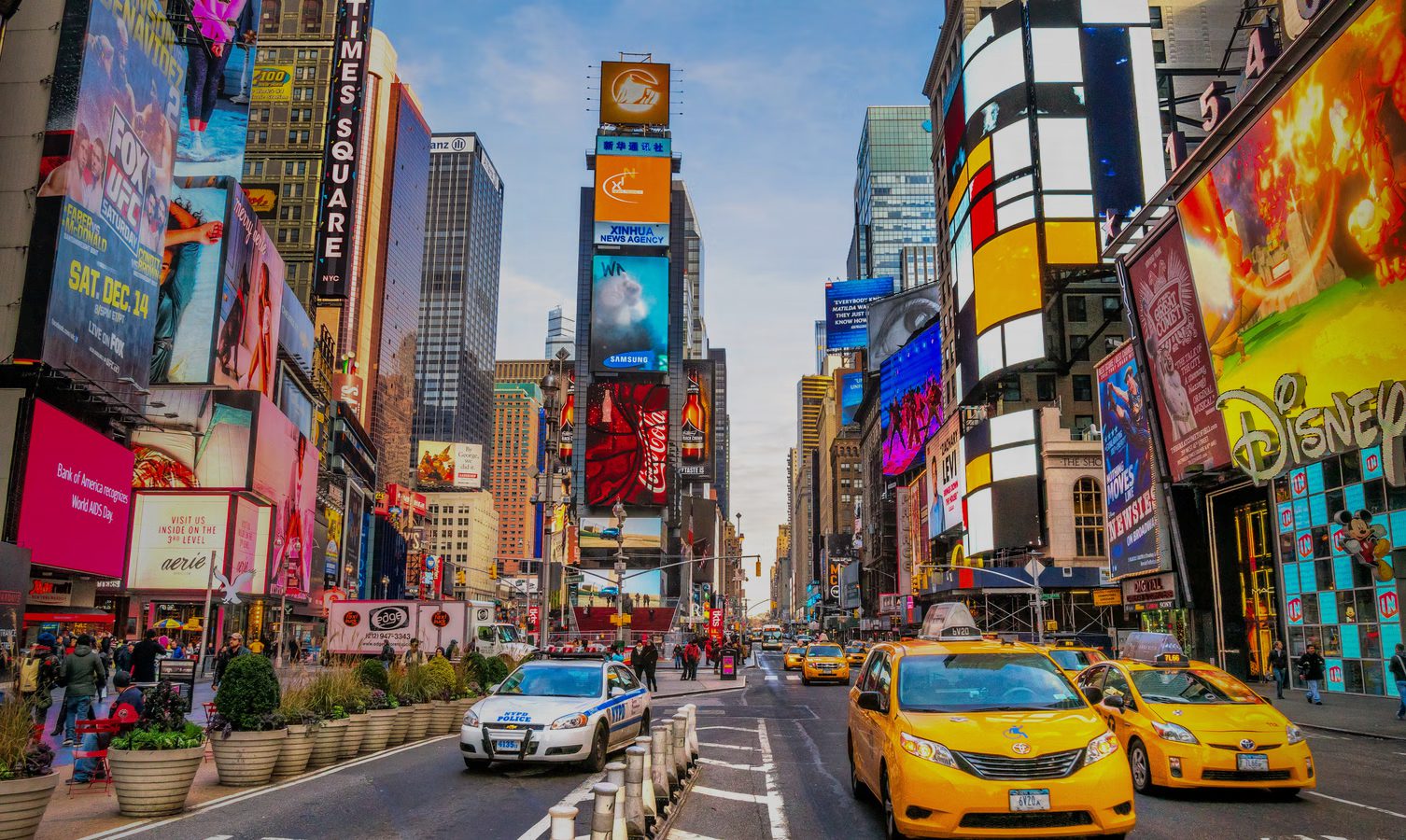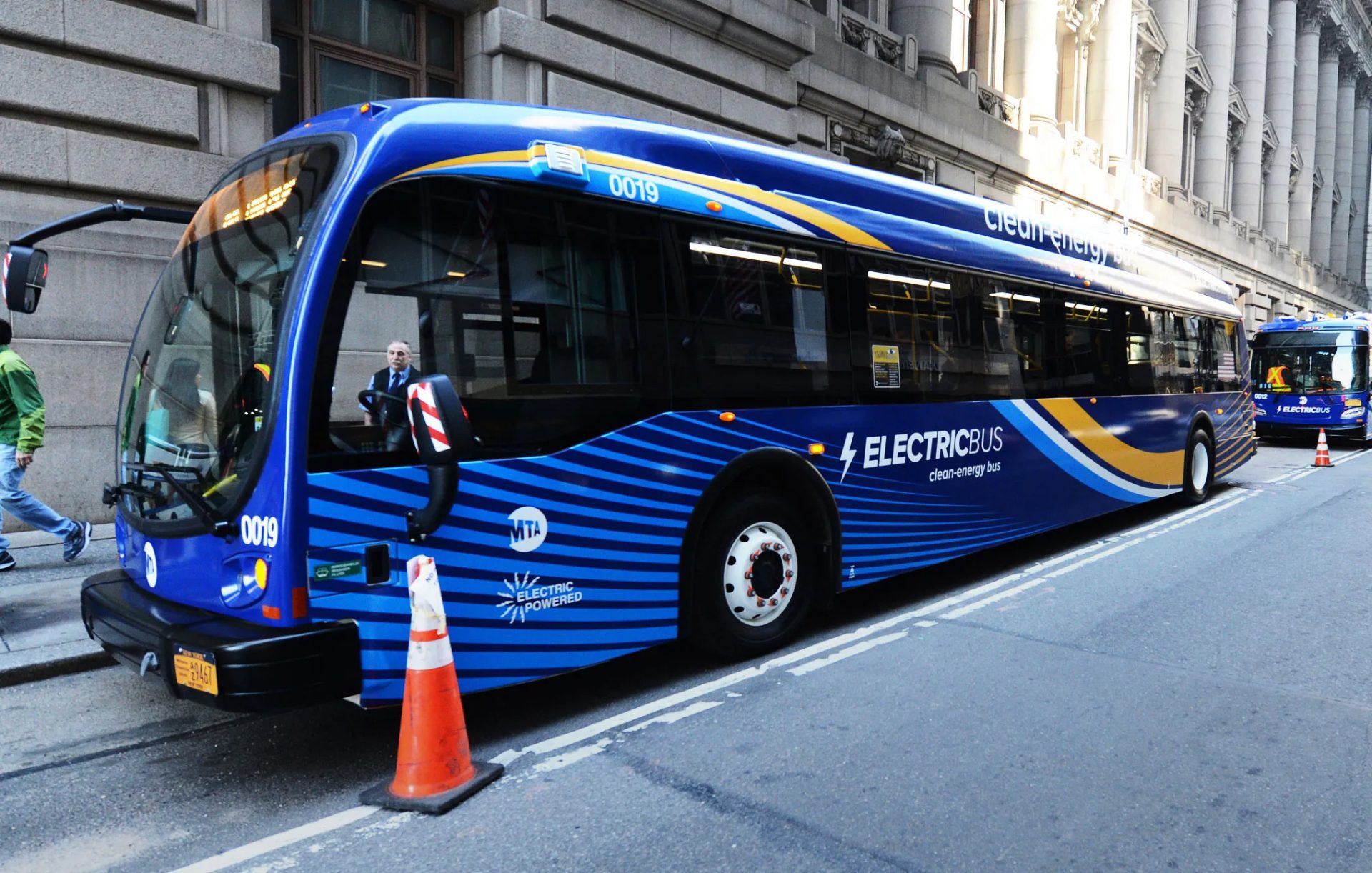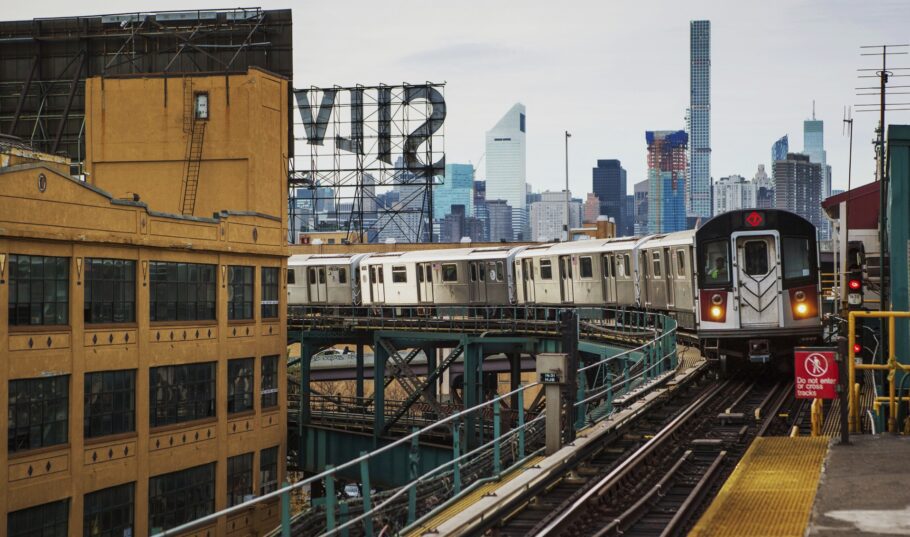New York City’s public transportation system can be overwhelming for first-time visitors. With its vast network of subways, buses, and ferries, navigating the Big Apple’s transit system requires a bit of knowledge and preparation. In this comprehensive guide, we’ll cover everything you need to know about navigating NYC’s public transportation, from understanding the subway system to using buses and ferries efficiently. We’ll also provide some local tips and tricks to help make your experience smoother and more enjoyable.
Understanding the NYC Subway System
The New York City Subway is one of the largest and busiest transit systems in the world. It operates 24/7 and covers all five boroughs, making it a vital component of NYC’s public transportation. Here’s a deeper dive into how to navigate this intricate network.
1. Getting a MetroCard
- Purchase Locations: MetroCards can be bought at subway stations from vending machines or ticket booths. You can also refill your MetroCard at these locations. For added convenience, you can also purchase and reload MetroCards online through the MTA’s website.
- Types of MetroCards: Choose between a Pay-Per-Ride MetroCard or an Unlimited Ride MetroCard, depending on your needs. The Pay-Per-Ride MetroCard is ideal for infrequent travelers, while the Unlimited Ride MetroCard offers unlimited rides for a specific number of days (7 or 30 days).
- Cost: As of 2024, a single ride costs $2.90. An Unlimited Ride MetroCard for 7 days costs $34. If you plan to use public transit frequently, the Unlimited Ride MetroCard can be a cost-effective choice.
2. Reading the Subway Map
The NYC Subway map can look daunting at first, but it’s quite straightforward once you get the hang of it:
- Lines: The subway system is divided into numbered and lettered lines. Each line is color-coded on the map. For example, the 1, 2, and 3 lines are red, while the A, C, and E lines are blue. Familiarize yourself with the colors and numbers to easily identify your route.
- Stations: Stations are marked along each line. Pay attention to the direction of the train and its final destination to ensure you’re headed in the right direction. Most stations have signs indicating which trains stop there and in which direction.
- Express vs. Local: Express trains skip certain stations, while local trains stop at every station. Make sure to check if your train is express or local. For example, the 2 and 4 trains are express trains, while the 1 train is local.

3. Navigating Train Transfers
Transferring between subway lines is common in NYC. Here’s how to do it:
- Transfer Points: Look for transfer points on the subway map, which show where you can switch lines. Major transfer hubs include Times Square-42nd Street, Union Square, and Grand Central Terminal.
- Use the Subway App: Download a subway app like Citymapper or the MTA’s official app to get real-time updates and transfer information. These apps provide live departure times, service updates, and route planning features to make your journey smoother.
- Transfer Rules: Transfers between subway lines within the same station are generally free. However, if you exit the station and re-enter, you may need to pay a new fare. Some subway stations have free transfer options between lines, but it’s essential to check the map and signs to avoid extra charges.
Using NYC Buses
NYC buses complement the subway system and can be a good option for reaching destinations not served by the subway. They offer a different perspective of the city as you travel above ground.
1. Finding a Bus Route
- Bus Maps: Bus routes are displayed on maps at bus stops and online. The MTA’s website and apps like Moovit provide detailed maps and route information. Look for maps at bus stops or use the online resources to plan your route.
- Bus Numbers: Each bus route is identified by a number. Make sure you’re getting on the right bus by checking the route number and direction. For instance, the M15 bus travels down 1st and 2nd Avenues, while the Bx1 bus operates in the Bronx.
- Bus Apps: Use apps like Moovit for real-time bus schedules and route planning. These apps provide updates on bus arrival times, route changes, and service disruptions, making it easier to plan your journey.

2. Paying for the Bus
Similar to the subway, buses use the MetroCard system. Here’s what you need to know:
- Payment: Swipe your MetroCard when boarding the bus. If you’re using a contactless payment method like Apple Pay, make sure the bus supports it. Some buses accept payment via the OMNY system, which allows you to tap and pay with your phone or contactless card.
- Exact Fare: If you’re paying with cash, you’ll need the exact fare as buses do not give change. The current cash fare is $2.90. If you don’t have exact change, you can use the MetroCard or other payment methods available on the bus.
- Transfers: If you need to switch from a bus to the subway or another bus, you can use your MetroCard to get a transfer discount. Transfers between buses and subways are free within a 2-hour window.
Taking Ferries in NYC
NYC ferries offer a scenic and enjoyable way to travel across the waterways. They provide a unique view of the city and can be a fun addition to your transit experience.
1. Ferry Routes
- Routes: Ferries connect Manhattan with Brooklyn, Queens, and other areas. Popular routes include the East River Ferry and the Staten Island Ferry. Check routes and schedules online before traveling to ensure you’re taking the right ferry.
- Ferry Schedules: Ferries operate on varying schedules, so check the timetable before your trip. The Staten Island Ferry, for example, runs every 15-20 minutes during peak times and every 30 minutes during off-peak hours.
- Tickets: Purchase tickets at ferry terminals or use the NYC Ferry app. The NYC Ferry app allows you to buy tickets in advance and check real-time updates on ferry schedules and service changes.
2. Enjoying the Ride
Ferries provide stunning views of the NYC skyline and landmarks like the Statue of Liberty. Make sure to bring your camera and enjoy the ride! On the Staten Island Ferry, you can take in views of the Manhattan skyline, the Brooklyn Bridge, and the Statue of Liberty. Ferries often have outdoor decks for better sightseeing.
Tips for First-Time Visitors
- Plan Ahead: Use online resources and apps to plan your route before you travel. This will help you avoid confusion and delays. Check for service updates, route changes, and any planned maintenance that might affect your journey.
- Travel Off-Peak: Avoid rush hours if possible. Subways and buses are less crowded during non-peak times, which typically means early mornings or mid-day. Rush hours usually occur from 7:00-9:00 AM and 4:00-6:00 PM on weekdays.
- Stay Safe: Be aware of your surroundings, especially during late hours. NYC is generally safe, but it’s always best to stay alert. Keep your belongings secure and avoid displaying valuable items in crowded areas.
- Ask for Help: Don’t hesitate to ask transit workers or locals for assistance. Most people are friendly and willing to help. Transit workers can often provide directions and guidance if you’re unsure of your route.
- Be Patient: NYC’s transit system can be busy and sometimes delayed. Be prepared for possible delays and allow extra time for your journey. Patience and flexibility will help you navigate the system more easily.
Resources and Further Reading
For more detailed information and real-time updates, check out these resources:
With these tips and resources, you’ll be well on your way to mastering NYC’s public transportation. Whether you’re exploring the city’s iconic neighborhoods or heading to a world-class museum, understanding how to navigate the transit system will enhance your New York City experience. Enjoy your visit to the city that never sleeps!




